We said goodbye to London and the exquisite Savoy Hotel for our journey through the Chunnel and on to Paris. This adventure began at London St. Pancras International Train Station, a massive red brick Gothic Revival structure with a clock tower and spires, typical of the Victorians’ love for neo-medieval architecture. Train travel became the fashionable form of transportation during the Victoria Era, and St. Pancras is a perfect example of Victorian excess. Unfortunately, as large as it is, the station did not have enough seats in the various waiting rooms to accommodate all of the passengers waiting for trains. Since the construction of the Chunnel in 1994, linking southern England and northern France with an undersea tunnel beneath the English Channel at the Strait of Dover, this international form of travel has become hugely popular.
Twelve Eurostar trains a day, starting at 7:AM, make the 212-mile trip from London to Paris in approximately two hours and sixteen minutes. We found the Eurostar to be clean and efficient, though the seating was a bit cramped. This train reminded me of the shinkansen, Japan’s super-fast train linking Tokyo and Kyoto, but I imagined that there would be some sort of underwater viewing, allowing us to gaze at marine life as we traversed the seabed. No such thing. The Chunnel goes under, not through the bottom of the sea. It just suddenly got dark for what seemed like a short time, and then we found ourselves rolling through the bucolic French countryside.
The good news is that reconstruction is actively underway, and President Emmanuel Macron has vowed that the Cathedrale Notre-Dame de Paris, its official name in French, will open once again to tourists, worshippers and art lovers from around the world by 2024. Meanwhile, the archaeological crypt has been reopened for art and history lovers who cannot wait. Notre Dame, which I have visited in the past, is truly one of the glorious buildings of the world, and it is certainly the finest example of French Gothic architecture ever created. This style of architecture, still imitated throughout the world, features upward-moving visual design, using breathtakingly high towers and spires to lift the viewer’s eyes away from earth toward heaven. Medieval architects achieved astounding effects using the medium of heavy stones to create this ethereal lightness, employing vaulting, flying buttresses and other design elements to ensure that the walls remained stable under the weight of the massive towers and spires.
Notre Dame is located, serendipitously, on an island, Ile de la Cite, in the middle of the Seine River and thus forms the physical, artistic and spiritual center of Paris, the City of Lights. Construction of this magnificent cathedral was begun in 1163, and nearly two hundred years later, in 1345, it was opened of all to enjoy for centuries to come. As with all Gothic cathedrals, additions and renovations continued over the generations, and Notre Dame’s stunning 300-foot spire, destroyed by the 2019 fire, was added in 1859 during the Victorian period.
Notre Dame’s glorious round rose windows added in 1220 and 1250, masterpieces of colored glass design and construction, are among the most beautiful features of Gothic architecture. The use of stained-glass windows featuring biblical figures, angels, saints, and religious narratives, allowed the predominantly illiterate population throughout Europe to learn the biblical stories from the Old and New Testament and to identify the apostles and saints by the visual symbols associated with them in medieval art, including stained glass-windows. The use of vibrant colors, especially deep blue, red and gold, filtering the light from high above into the dim interiors of these massive churches, created a numinous, spiritual effect.
Although on this trip we viewed the highlights of Paris from the comfort of a tour bus, Paris is really a pedestrian’s paradise. On our previous visit, we walked all the way from the imposing domed Sacre Coeur Basilica at the top of the hilly Montmartre neighborhood, to Notre Dame Cathedral. Fortunately, this three-and-a-half-mile walk was mostly downhill, and it was the best possible way to enjoy the charm of everyday Parisian life. The view from Sacre Coeur provides a stunning panorama of the City of Paris, and the Montmartre neighborhood itself has a long and fascinating history. In the 1800s Montmartre became famous for its night life and dance halls, where beautiful women danced the racy can-can. One of the best-known paintings of the French Impressionist painter, Henri de Toulouse-Lautrec is named At the Moulin Rouge. Between 1892 and 1895, the artist created this compelling portrait of the cabaret night life surrounding the Moulin Rouge, the popular dance hall which opened in 1889. Other painters who went on to become famous also lived and worked in Montmartre, including Renoir, Utrillo and Picasso.
During our leisurely walk through the Parisian neighborhoods, we also enjoyed visiting the local bakeries, coffee shops and sidewalk cafes along the way. In Paris, and indeed throughout France, it is still customary to buy freshly baked bread every morning at the neighborhood bakery. In France, bread and pastries are not filled with preservatives and wrapped in plastic with an expiration date stamped on the package. Stale pastries and day-old bread are not part of the French culture. The coffee in Paris is always fresh, hot and very good, and every meal, even at the simplest corner café, is made from the finest local ingredients and prepared by a person who respects food and cares about the taste, aroma, visual appearance and presentation of every meal.
To help you enjoy the everyday elegance of French food, it is my pleasure to introduce you to Financiers, small French almond cakes that became popular in the financial district surrounding the Paris Stock Exchange, although they were originally baked by the Visitandine order of nuns in the Seventeenth Century. You will find the recipe for Financiers at the end of this blog.
Before leaving Paris, we needed to visit the second most important building in the city, the Louvre Museum, the most visited art museum in the world. Centrally located on the banks of the River Seine near Notre Dame Cathedral, the Musee du Louvre contains a collection of 380,000 objects of art from pre-history to the 21st Century. The building in which this glorious collection is housed is itself an art treasure. It was originally built in the Twelfth and Thirteenth Centuries as a medieval fortress designed to protect the city of Paris from invaders, and elements of this gothic castle fortress are visible in the basement of the current Museum building.
In 1546, the old castle became a residence for the French kings, undergoing a monumental “modernization” process over the centuries in a variety of architectural styles, including French Renaissance, Baroque, Neoclassical, and even Modern, with the addition in the 1980s of an enormous glass pyramid in the courtyard of the museum complex designed by I.M. Pei. In 1793, when King Louis XIV chose the Palace of Versailles rather than the Louvre Palace as his royal residence, the Louvre became a museum. The collection of classical Greek and Roman sculpture, which had been in the Palace since 1692, formed the foundation of the Louvre collection, and currently some of the world’s finest paintings, sculptures and artifacts reside at the Louvre.
Among the priceless masterpieces that every visitor to the Louvre will want to see are the most famous painting in the world, Leonardo da Vinci’s Mona Lisa, along with Veronese’s The Wedding at Cana, Caravaggio’s Death of the Virgin and Eugene Delacroix’s revolutionary allegory, Liberty Leading the People. The magnificent classical Greek marble sculpture, Winged Victory of Samothrace, created in the Second Century before the current era, is gloriously displayed at the top of the massive marble Escallier Daru staircase, allowing visitors to view this masterpiece of artistic skill and craftsmanship from a variety of levels and directions. We were fortunate that Tauck, the tour company that sponsored our trip, arranged for an after-hours visit to the Louvre for our group. This allowed us to view not just The Winged Victory, but also the Venus de Milo and even the Mona Lisa up close and personal. There were no crowds with selfie sticks jostling us, and we were able to take our own time standing right in front of Mona Lisa and her mysterious smile, a lifetime peak experience for me.
The only downside of the magical time we were able to spend with all these masterpieces of world art was that the gift shop, down the escalator in the recently added Carrousel du Louvre Shopping Mall was closed after hours. This is the visitor to the Louvre’s go-to destination for art-themed gifts and treats to take home to family and friends. Coffee, tea and snacks are readily available at the Carrousel, including the Mariage Freres tearoom, La Maison du Chocolat, for some of the best chocolates in the world (see my September, 2021 blog, “Artisanal Chocolates,”) and even a L’Occitane en Provence shop.
We have another palace to visit before we board our river boat for a cruise down the Seine: The Palace of Versailles, twelve miles west of Paris. This enormous palace and garden complex, designated a World Heritage Site in 1979, welcomes fifteen million visitors a year. Now the property of France and directed by the French Ministry of Culture, this country estate was built by King Louis XIV in 1623 as a hunting lodge, then expanded into a chateau between 1631 and 1634. As the king grew more and more fond of country life, he expanded his rural home into a Palace between 1661 and 1715, moving his court and family out of the Louvre Palace and into the Palace of Versailles, designed over the years in the Greek Neoclassical and Baroque architectural styles.
This opulent style of architecture, and the aristocratic values it represented, was pervasive in the royal palaces throughout Europe during this era, especially during the 1700s. The royal families of England and France and the czars of Russia, who emulated the French down to the last gilded detail, lived lives of excessive self-indulgence and luxury at the expense of the peasantry, whose lives were profoundly impoverished. This was the age of Marie Antoinette, the French queen who replied, “Let them eat cake,” when she was informed that the poor of France had no bread to eat. It should be no surprise that the American colonies of England, as well as France and Russia, experienced bloody revolutions instigated by the downtrodden subjects of these narcissistic monarchs. It is also worth noting that one of the most popular paintings in the Louvre is Eugene De la Croix’s Liberty Leading the People, painted in 1830 to celebrate the French Revolution. In this allegorical painting, Liberty, symbolized by an attractive young bare-breasted woman, carrying a French flag in one uplifted arm and a musket with a bayonet in the other triumphally leads an “army” of rebels over a heap of vanquished bodies. Beside her a young boy in rumpled clothing with a pistol in each hand helps lead the assault.
Visitors to Versailles can observe first-hand the lifestyle that inspired the French Revolution and ultimately led to the execution in 1793 of Marie Antoinette and her husband, King Louis XVI by guillotine. Versailles is a huge palace complex constructed of stone and brick with gilded fencing and roof decorations, including a chapel with a gilded dome. The entrance area is massive and paved with squarish cobblestones to accommodate large numbers of horses and carriages. It was unseasonably hot the day we visited Versailles, and it was challenging to walk over all those cobblestones and up and down so many flights of marble stairs before we even reached the palace. Inside the palace, we toured the Hall of Mirrors, a gigantic passageway filled with glittering crystal chandeliers with all the walls paneled in mirrors, creating a stunning effect of glittering light. In the king and queen’s bedrooms and various meeting rooms, the motif of gold and light was pervasive. These rooms were filled with copious amounts of Greek-themed statuary, gilded furniture, elaborately painted ceilings, tapestries, paintings and fleur de lis, the golden lilies that were the king’s symbol, alluding to the Greek sun god, Apollo, as King Louis XVI fancied himself the god-like “Sun King.”
The gardens behind the palace are also laid out on a massive scale with geometrically divided sunken flower beds filled with fountains, Greek-style sculptures and a wide canal that stretches far out through the countryside toward the horizon. The gardens also include and orangery, planted with deep green citrus trees, viewed from above at a great distance. Among the carefully clipped shrubs and topiaries in the flower gardens, an army of gardeners was busy pulling up low-growing flowers that were no longer in bloom and replacing them with bright summer flowers in shades of yellow, blue, pink and red.
Versailles certainly has its place in history as a magnificent example of neo-classical and baroque architecture, and it has been the inspiration for many other palaces and buildings, including the Winter Palace, now the Hermitage Museum in St. Petersburg, and the palaces of Peter the Great and Catherine the Great, also in St. Petersburg. But visiting a building of such magnitude can be overwhelming, and I welcomed our return to our river boat on the green and serene Seine. Next month, as we cruise down this gentle, slow-moving river, I hope you will join me in Giverny, at the lovely home and garden of the father of modern painting, France’s own Claude Monet. Meanwhile, you can plan your trip to Paris, or simply daydream about the City of Lights as you enjoy a cup of good strong Café au Lait and a Financier.
Financiers
French Almond Browned Butter Cookies
Financiers are elegant little French pastries resembling both a cake and a cookie. They were originally baked in the convents of the Visitandine Sisters, a French order of nuns founded in Annecy, France in 1610. These tiny one or two-bite treats are created from a few simple ingredients that magically combine to form a pleasant crunchy exterior and a fragrant chewy, marzipan-like interior. These secret ingredients are browned butter, almond flour and egg whites. The Visitandine Sisters’ tasty little treats remained popular in France throughout the Seventeenth Century, but later in the Nineteenth Century, a Parisian Chef reinvented them as Financiers, by baking them in small rectangular molds resembling gold bars and selling them to the workers and financial professionals in Paris’ Financial District.
I have baked Financiers at home using pastry chef Ian Lam’s recipe which appeared in the March and April 2020 edition of Cook’s magazine. Lam’s recipe makes two dozen little cakes using a 24-cup mini-muffin pan. Since I do not own a mini-muffin pan, I improvised by using my twelve-cup madeleine pan, which creates charming little shell-shaped cakes and my mini-Bundt pan. I ended up with one dozen shell-shaped Financiers and eight mini-Bundt Financiers. They had a charming appearance and tasted wonderful. In my opinion, these little French pastries are more festive than muffins or cookies and add a touch of gourmet grace to Afternoon Tea, dessert after a special meal, or even with morning coffee.
- 5 tablespoons unsalted butter
- ¼ cup finely ground almond flour
- ½ cup plus 1 tablespoon sugar
- 2 tablespoons all-purpose flour
- 1/8 teaspoon salt
- 1/3 cup egg whites (from 3 to 4 large eggs
- Baking spray with flour for the pans
Makes: 20 small cakes
Preheat oven to 375 degrees F
- Preheat the oven and adjust the oven rack to the middle position. Spray the baking pans with baking spray with flour and set aside
- Melt the butter in the skillet over medium-high heat. Cook and stir the butter continuously with a spatula, scraping the skillet, until the butter turns a dark golden brown and develops a nutty aroma, 1 to 3 minutes. Pour the browned butter immediately into a heatproof bowl. Set aside.
- In a medium sized mixing bowl, combine the almond flour, sugar, all-purpose flour and salt, and whisk to combine. Add the egg whites, and using the rubber spatula, stir the mixture until combined, mashing any lumps against the side of the bowl until the mixture is smooth. Stir in the browned butter just until it is incorporated.
- Divide the batter evenly among the prepared pans. Each cup should be about half full. Bake for 12 to 14 minutes until the edges are well browned and the tops are golden. Remove the pans from the oven and immediately place a wire rack gently over each pan of Financiers. Carefully invert the rack and the baking pan. Gently lift off the baking pan, releasing the Financiers onto the wire rack. Turn the cakes right side up and cool them for at least 20 minutes before serving.





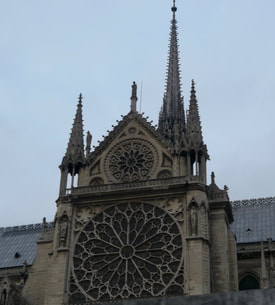
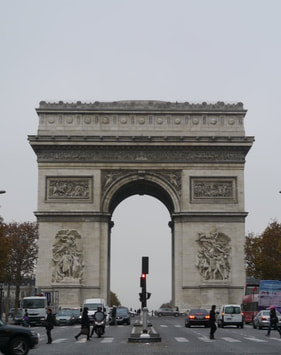


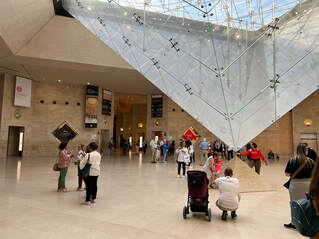
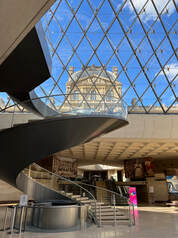


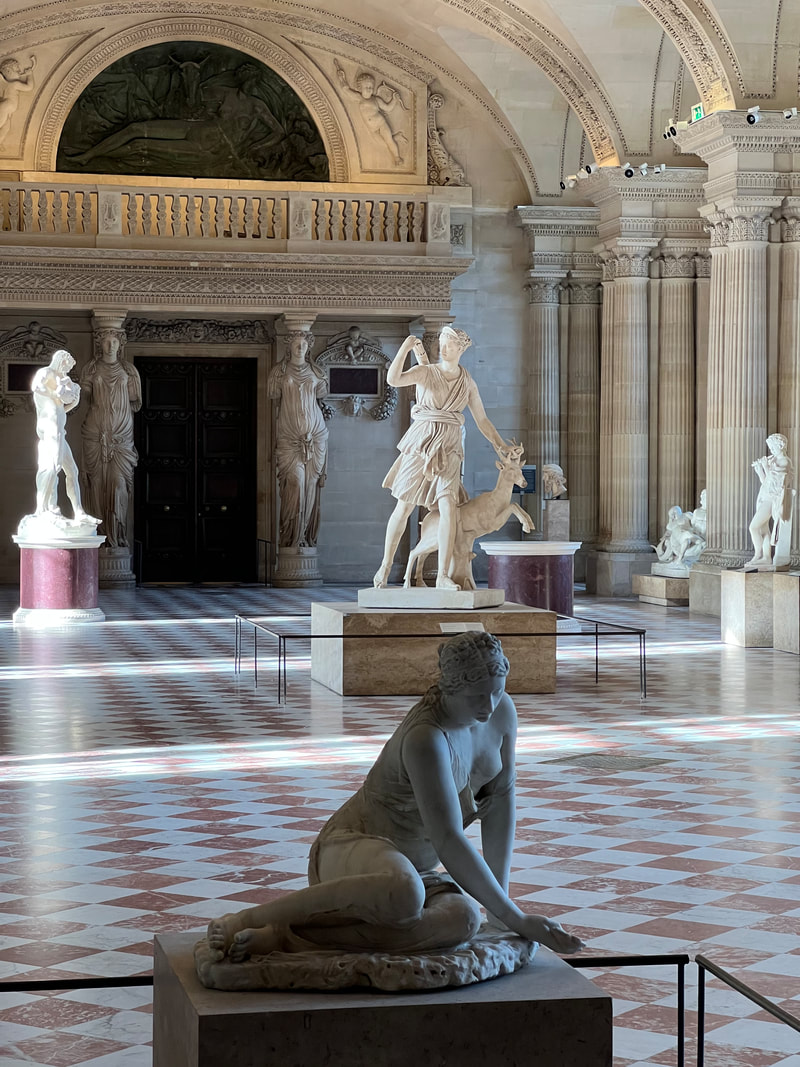






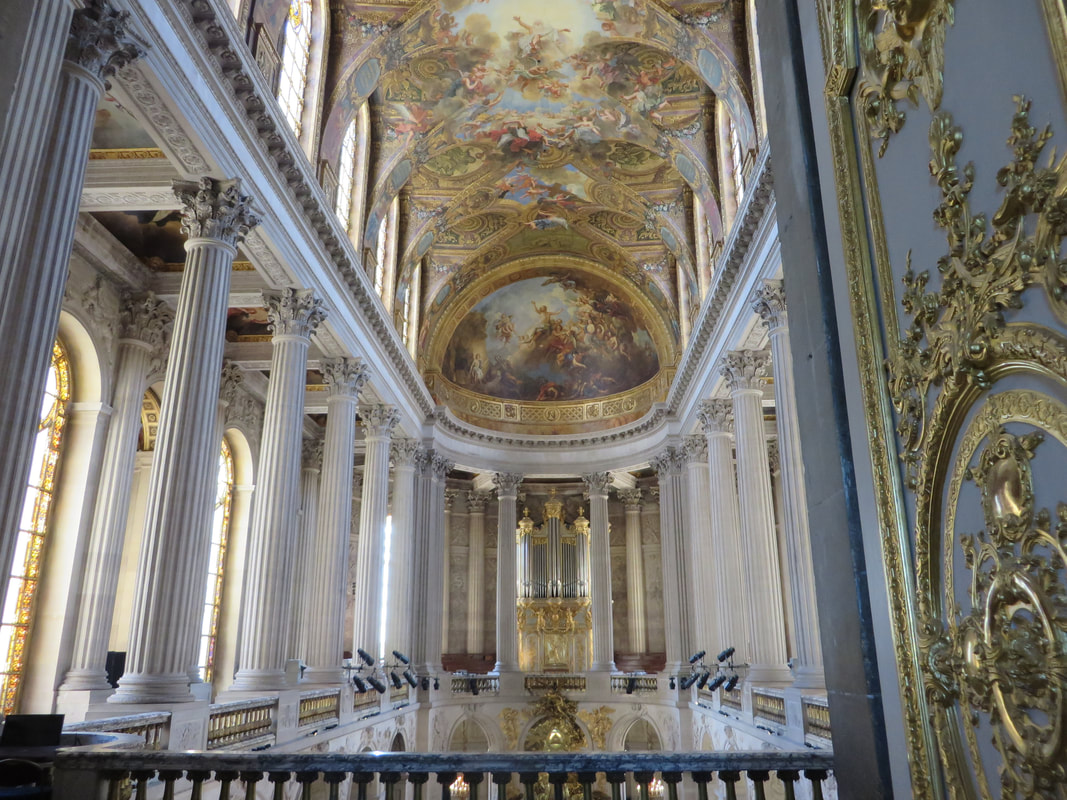


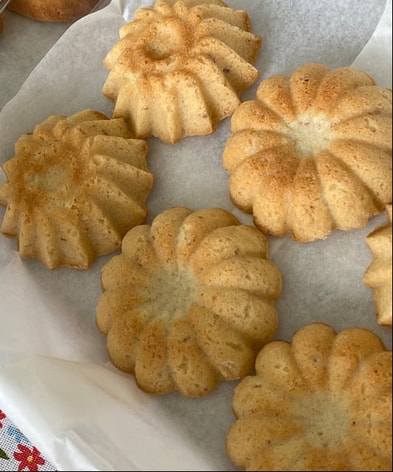

 RSS Feed
RSS Feed